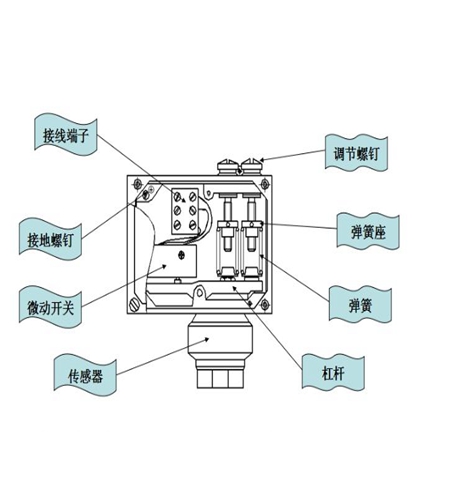
压差开关原理应用
压差开关是一种用来测量两个压力之间差值的装置。
工作原理其实并不复杂,当两个压力之间的差值达到设定值时,开关就会动作,给出相应的信号。
压差开关在很多领域都有应用,比如在空调系统中,它可以用来监测过滤器的堵塞情况;在通风系统中,能确保系统的正常运行压力。
优点:测量精度较高,响应速度快,而且结构相对简单,安装和维护都比较方便。
使用压差开关时,也要注意正确的安装位置和调试方法,以保证其测量的准确性和可靠性。
Application of differential pressure switch principle
A differential pressure switch is a device used to measure the difference between two pressures.
The working principle is actually not complicated. When the difference between two pressures reaches the set value, the switch will act and give the corresponding signal.
Differential pressure switches have applications in many fields, such as in air conditioning systems, where they can be used to monitor filter blockage; In the ventilation system, the normal operating pressure of the system can be ensured.
Advantages: High measurement accuracy, fast response speed, relatively simple structure, easy installation and maintenance.
When using a differential pressure switch, attention should also be paid to the correct installation position and debugging method to ensure the accuracy and reliability of its measurement.
上一篇: 压力表的允许误差计算公式!
 025-52791167 52791168
025-52791167 52791168 njxj888@163.com
njxj888@163.com





